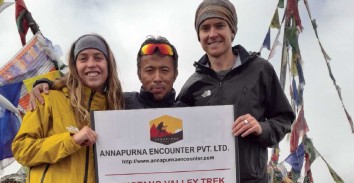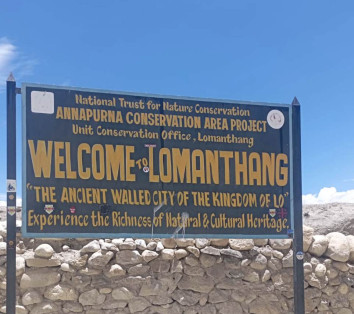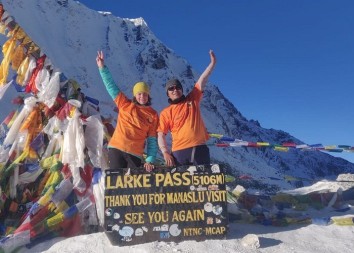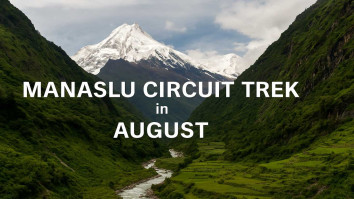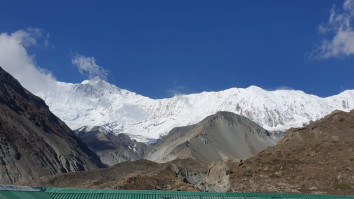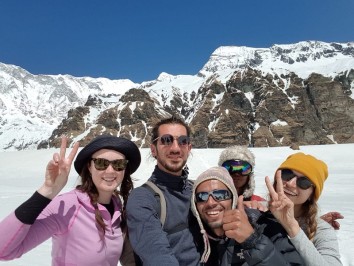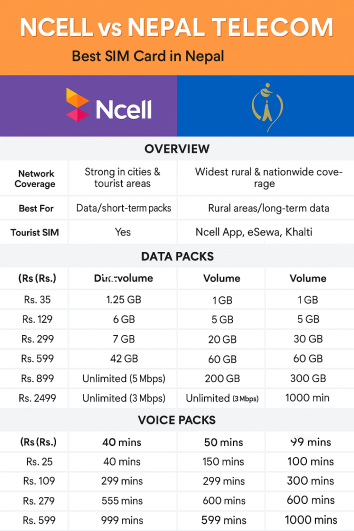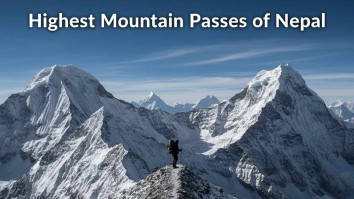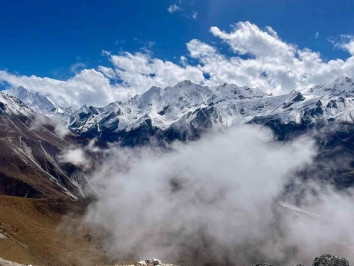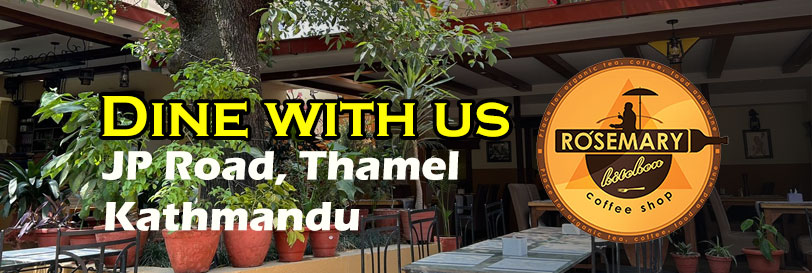Ultimate Guide to Trekking Permits in Nepal (2025)
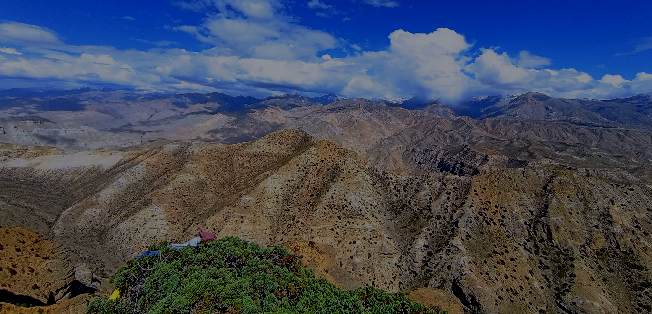
3rd Sep, 2025
- annapurnaencounter
Planning a trek in Nepal? Besides sturdy boots and a sense of adventure, one of the most important things you need is the right trekking permits. Nepal’s trekking regions are divided into conservation areas, national parks, rural municipalities, and restricted zones — each requiring specific permits.
Table of Contents
This guide will walk you through all the major permits you’ll need, including ACAP, MCAP, National Park Permits, Rural Municipality Fees, and Restricted Area Permits (RAP).
Why Do You Need Trekking Permits in Nepal?
-
To support conservation projects and local communities.
-
To regulate trekking in sensitive areas.
-
To ensure safety and security in border regions.
-
To promote sustainable tourism in Nepal’s fragile Himalayan ecosystem.
Types of Trekking Permits in Nepal
1. Annapurna Conservation Area Permit (ACAP)
-
Where required: Annapurna Base Camp, Annapurna Circuit, Mardi Himal, Khopra Ridge, Ghorepani Poon Hill, Nar Phu Valley (along with RAP).
-
Fee: USD 30 per person (NPR 3,000).
-
Special Note: Only ACAP is required in the Annapurna region (no local municipality permit).
2. Manaslu Conservation Area Permit (MCAP)
-
Where required: Manaslu Circuit Trek, Tsum Valley.
-
Fee: USD 30 per person.
-
Usually combined with: Manaslu RAP + ACAP + Local Rural Municipality Permit.
3. National Park Entry Permits
Nepal has several trekking regions inside national parks.
-
Sagarmatha National Park Permit
-
Required for: Everest Base Camp, Three Passes, Gokyo, Ama Dablam, Island Peak.
-
Fee: USD 30 per person (NPR 3,000).
-
-
Langtang National Park Permit
-
Required for: Langtang Valley, Gosaikunda, Helambu (partly).
-
Fee: USD 30 per person (NPR 3,000).
-
-
Shey Phoksundo National Park Permit
-
Required for: Dolpo Region treks.
-
Fee: USD 30 per person (NPR 3,000).
-
4. Rural Municipality Fees
Introduced to replace TIMS (Trekkers’ Information Management System), these fees are collected by local municipalities.
-
Khumbu Pasang Lhamu Rural Municipality Fee
-
Required for all Everest treks.
-
Fee: NPR 2,000 (around USD 20) per person.
-
-
Other local permits
-
Manaslu Region: Rural Municipality Entry Permit (NPR 2,000).
-
Some regions like Upper Mustang and Dolpo also have local collection systems alongside RAP.
-
5. Restricted Area Permit (RAP)
Certain border or culturally sensitive areas require a special restricted area permit.
-
Must be applied through a registered trekking agency.
-
Licensed guide is compulsory.
-
Minimum of 2 trekkers required.
Popular Restricted Areas & Fees:
-
Upper Mustang: USD 500 per person for 10 days; USD 50 each additional day.
-
Upper Dolpo: USD 500 per person for 10 days; USD 50 each additional day.
-
Lower Dolpo: USD 20 per person per week.
-
Manaslu: USD 100 per week (Sep–Nov), USD 75 per week (Dec–Aug); additional USD 15 per day.
-
Tsum Valley: USD 40 per week (Sep–Nov), USD 30 per week (Dec–Aug).
-
Humla (Simikot–Hilsa border): USD 50 for 7 days; USD 7 per additional day.
📊 Quick Comparison Table of Trekking Permits in Nepal
| Region / Trek | Required Permits | Cost (Approx.) |
|---|---|---|
| Annapurna Base Camp / Circuit | ACAP | USD 30 |
| Everest Base Camp / Gokyo | Sagarmatha NP + Khumbu Pasang Lhamu RM | USD 50 (approx.) |
| Langtang Valley / Gosaikunda | Langtang NP | USD 30 |
| Manaslu Circuit | Manaslu RAP + MCAP + ACAP + Rural Municipality | USD 175+ |
| Upper Mustang | RAP (10 days) + ACAP | USD 530 |
| Upper Dolpo | RAP (10 days) + Shey Phoksundo NP | USD 530 |
| Lower Dolpo | RAP + Shey Phoksundo NP | USD 50+ |
| Tsum Valley | RAP + MCAP | USD 70+ |
✅ Important Updates (2025)
-
TIMS Card is no longer required for any trekking region.
-
Rural Municipality Fees have replaced TIMS in most areas.
-
Only ACAP is required in Annapurna (no separate local permit).
Final Thoughts
Navigating Nepal’s trekking permits may sound confusing, but it’s straightforward once you know your region. At Annapurna Encounter, we arrange all necessary permits for you so you can focus on the adventure itself.
Whether you’re planning to trek to Everest Base Camp, Annapurna Base Camp, Langtang Valley, or restricted gems like Upper Mustang and Manaslu, we’ve got you covered with professional guidance and hassle-free arrangements.
Frequently Asked Questions about Trekking Permits in Nepal (2025)
1. Where can I get trekking permits in Nepal?
Most permits are issued either in Kathmandu or Pokhara at government offices. Conservation and national park permits are also available at entry checkpoints. Restricted Area Permits (RAP) are only issued through registered trekking agencies in Kathmandu.
2. Do I still need a TIMS card in 2025?
No. TIMS (Trekkers’ Information Management System) has been discontinued. Instead, local municipalities (such as Khumbu Pasang Lhamu) now collect their own entry fees.
3. Can I trek solo with a Restricted Area Permit (RAP)?
No. Trekking in restricted areas like Upper Mustang, Upper Dolpo, or Manaslu requires:
-
A minimum of two trekkers
-
A licensed trekking guide
-
RAP issued through a registered trekking agency
4. How much time does it take to issue trekking permits?
-
ACAP, MCAP, and National Park Permits: Can be issued instantly at offices or checkpoints.
-
Rural Municipality Permits: Paid on the spot at checkpoints.
-
Restricted Area Permits (RAP): Usually take half a day to process through the Department of Immigration in Kathmandu.
5. Can I get trekking permits in Pokhara?
Yes. For Annapurna treks (ABC, Circuit, Mardi Himal, Ghorepani), the ACAP permit is available in Pokhara. However, Restricted Area Permits (e.g., Upper Mustang, Manaslu) must be arranged in Kathmandu.
6. How much do permits cost for Everest Base Camp?
For Everest, you need:
-
Sagarmatha National Park Permit: USD 30 (NPR 3,000)
-
Khumbu Pasang Lhamu Rural Municipality Fee: NPR 2,000 (about USD 20)
👉 Total: Around USD 50 per person.
7. Which treks require Restricted Area Permits (RAP)?
The most popular restricted treks are:
-
Upper Mustang
-
Upper Dolpo & Lower Dolpo
-
Manaslu Circuit
-
Tsum Valley
-
Humla (Simikot–Hilsa border)
8. Can I get a refund if I cancel my trek?
No. Trekking permits in Nepal are non-refundable and non-transferable once issued.
9. Do Nepali citizens or SAARC nationals need the same permits?
-
Nepali citizens: No trekking permits required.
-
SAARC nationals: Often get discounted rates for conservation and national park permits (e.g., ACAP, Langtang NP). Restricted Area Permits usually cost the same as for other foreigners.
10. Do children need trekking permits?
Yes. All foreign trekkers, regardless of age, must have the required permits. Children usually pay the same fee as adults.
Recent From Travel Guide
.jpg)
18th Jan, 2023
_11zon.jpg)
18th Jan, 2023
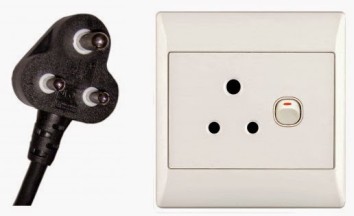
18th Jan, 2023
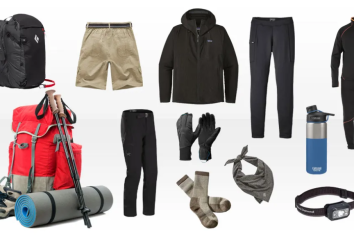
18th Jan, 2023

8th Dec, 2023
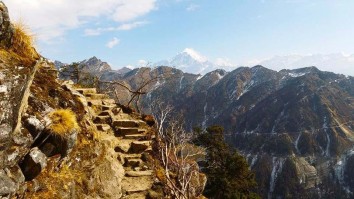
9th Dec, 2023
.jpg)
11th Feb, 2025
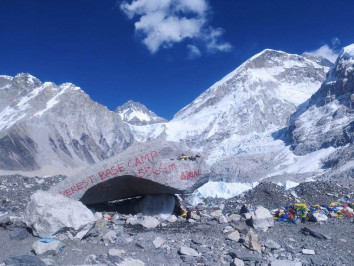
13th Dec, 2023
_11zon.jpg)
18th Dec, 2023
.jpg)
2nd Jan, 2024
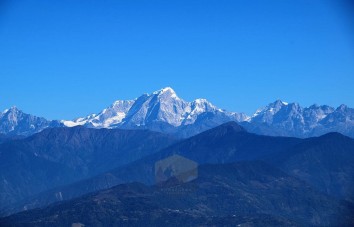
3rd Jan, 2024
_11zon.jpg)
23rd Jun, 2025

24th Jan, 2024
.jpg)
30th Jan, 2024

4th Feb, 2024

5th Feb, 2024
-4.jpg)
6th Feb, 2024

12th Feb, 2024
_11zon.jpg)
18th Feb, 2024
-1.jpg)
7th Mar, 2024

12th Mar, 2024
.jpg)
13th Mar, 2024
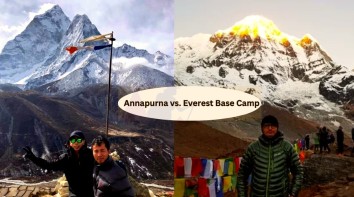
20th Mar, 2024
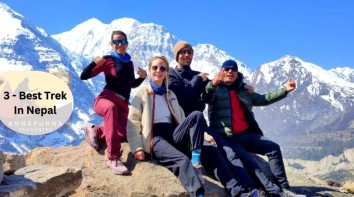
26th Mar, 2024

14th Jan, 2025

14th Jan, 2025
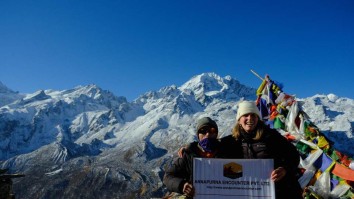
16th Jan, 2025

18th Jan, 2025

20th Jan, 2025

24th Jan, 2025

5th Feb, 2025

5th Feb, 2025
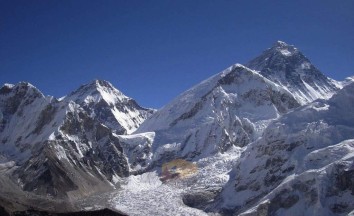
9th Feb, 2025

14th Mar, 2025
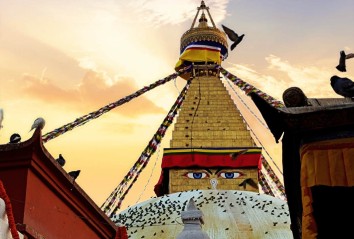
3rd Apr, 2025
.jpg)
11th Apr, 2025
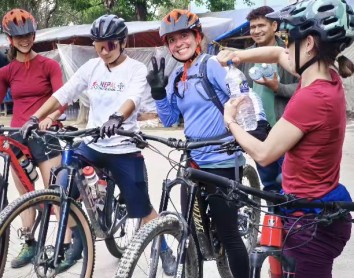
16th Apr, 2025
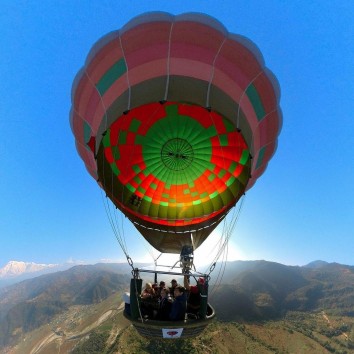
20th Apr, 2025
.jpg)
27th May, 2025
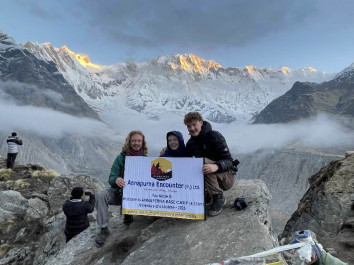
14th Jun, 2025

15th Jun, 2025
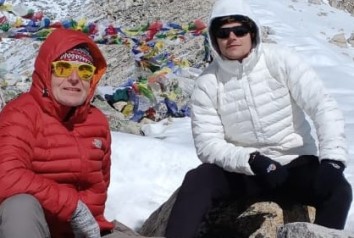
17th Jun, 2025
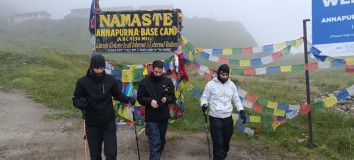
18th Jun, 2025

19th Jun, 2025

23rd Jun, 2025
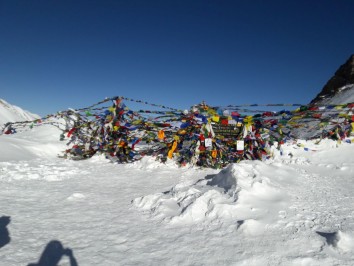
24th Jul, 2025


.jpg)


.jpg)
_11zon.jpg)
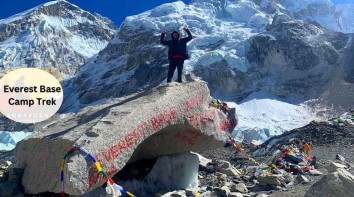
.jpg)
.jpg)
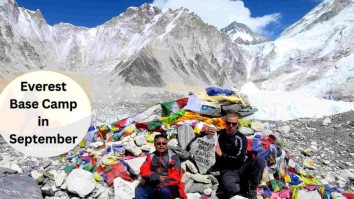
.png)
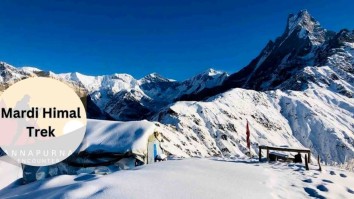
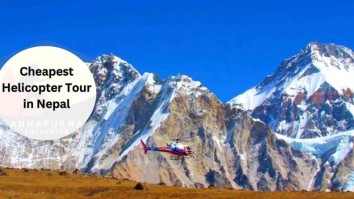
.jpg)
.jpg)
-1.jpg)
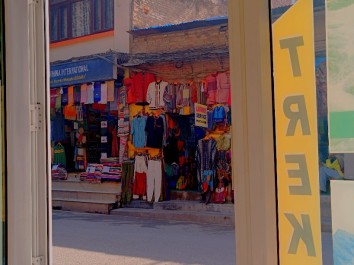
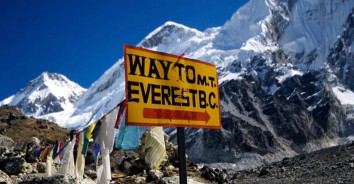
.jpg)

-1.jpg)

